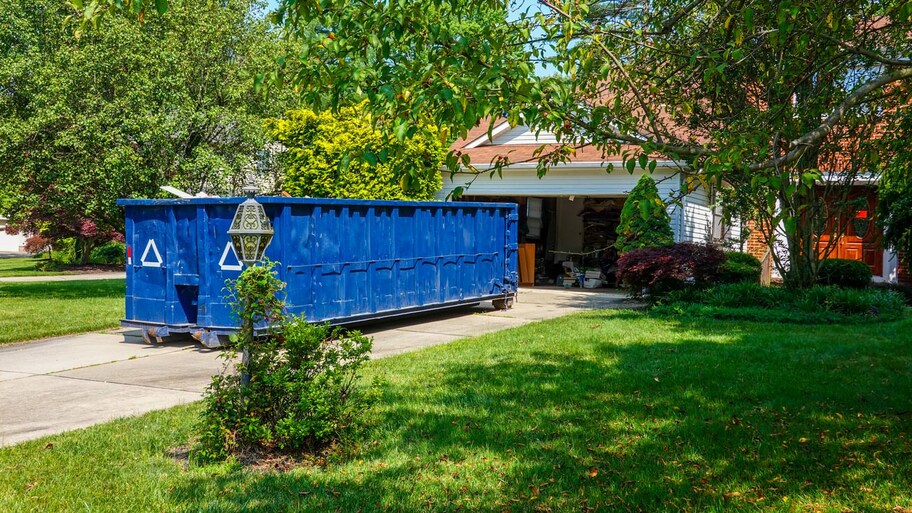When it comes to tackling any cleanup project, whether it is at home, in the office, or on a construction site, having access to a reliable and affordable dumpster rental service can make all the difference. The process of renting a dumpster has become simpler and more accessible, offering an efficient way to manage waste removal. Whether you are renovating your home, cleaning out your garage, or undergoing a major commercial construction project, renting a dumpster can save time, money, and reduce the stress of handling large volumes of debris. Dumpster rentals provide a convenient solution for disposing of a variety of materials, including household junk, construction debris, yard waste, and more. With different sizes available, you can select a dumpster that perfectly fits the scale of your job. This flexibility ensures that you only pay for the space you actually need, making it a cost-effective option for any project.

The ability to have a dumpster on-site allows for immediate and continuous waste disposal, reducing the need for multiple trips to a landfill or recycling center. One of the most significant advantages of using a dumpster rental service is the convenience it offers. When you rent a dumpster, the company delivers the container directly to your location, saving you the hassle of transporting waste yourself. After the job is complete, the company will return to pick up the dumpster and handle the disposal process, which is often the most time-consuming and labor-intensive aspect of a cleanup project. This hands-off approach frees you up to focus on the actual work without worrying about waste management. Renting a dumpster is also an environmentally responsible choice. Reputable rental services ensure that your waste is sorted and disposed of properly, adhering to local regulations and recycling practices.
Many dumpster services partner with recycling centers and other facilities that can process certain materials, helping to divert them from landfills. This not only keeps your project on track but also contributes to sustainability efforts by reducing the environmental impact of waste disposal. Cost is often a concern when it comes to any service, but dumpster rentals Fresno services are designed to be affordable and flexible. Many companies offer transparent pricing structures that take into account factors like the size of the dumpster, the duration of the rental, and the type of materials being disposed of. By understanding the pricing upfront, you can avoid hidden fees and ensure that the rental remains within your budget. Additionally, some services offer discounts or special pricing for extended rentals, making it easier to manage longer projects. Choosing the right dumpster rental service for your project is key to ensuring a smooth and efficient cleanup.
